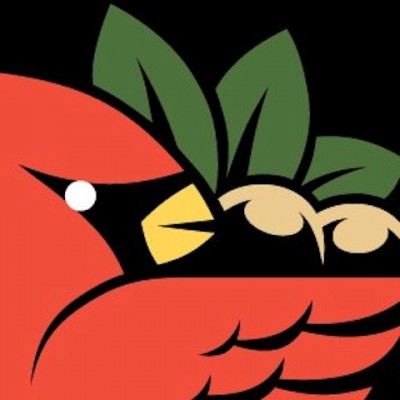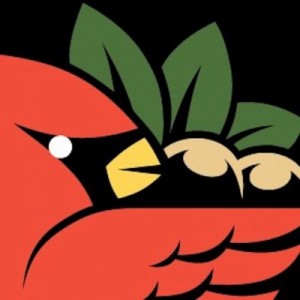Provide Habitat for Pollinators through the Conservation Reserve Program

 The Conservation Reserve Program (CRP) Pollinator Habitat practice, known as CP42, establishes vital habitat for many wildlife species, including pollinators, and keeps fields awash in color throughout the growing season. Ohioans are now able to sign up for the CP42 practice with the reopening of CRP enrollment.
The Conservation Reserve Program (CRP) Pollinator Habitat practice, known as CP42, establishes vital habitat for many wildlife species, including pollinators, and keeps fields awash in color throughout the growing season. Ohioans are now able to sign up for the CP42 practice with the reopening of CRP enrollment.
• CRP is administered by the USDA Farm Service Agency and provides incentives to farmers to plant natural vegetation and reduce soil erosion, prevents nutrients such as phosphorus and nitrogen from entering streams and lakes, and increases wildlife habitat.
• CP42 focuses on providing nectar and pollen sources for a variety of important pollinator species, such as honeybees, hummingbirds, and butterflies. Bee-pollinated plants account for $20 billion in annual U.S. agricultural production. Pollinator numbers, however, are declining because of several factors, including habitat loss.
• CP42 calls for the planting of native flowering species that will bloom throughout the spring and summer. Planting species that flower at different times provides food and habitat for pollinators, and provides flowers from April to October.
• Pollinator-friendly plants established on CP42 land are wildflowers, legumes, and shrubs which benefit many other wildlife species. The flowering forbs and shrubs are important sources of food and habitat for many species, including northern bobwhite quail and ring-necked pheasants.
• Tall grasses and low shrubs provide ideal cover for northern bobwhite quail nests and safe areas for their young. Shrubs also provide protection from predators during the winter.
• In addition to incentive and rental payments, cost-share assistance is available for enrollment in CP42. Contact your county’s Farm Service Agency (FSA) office or an ODNR Division of Wildlife private lands biologist to sign up for CP42.









